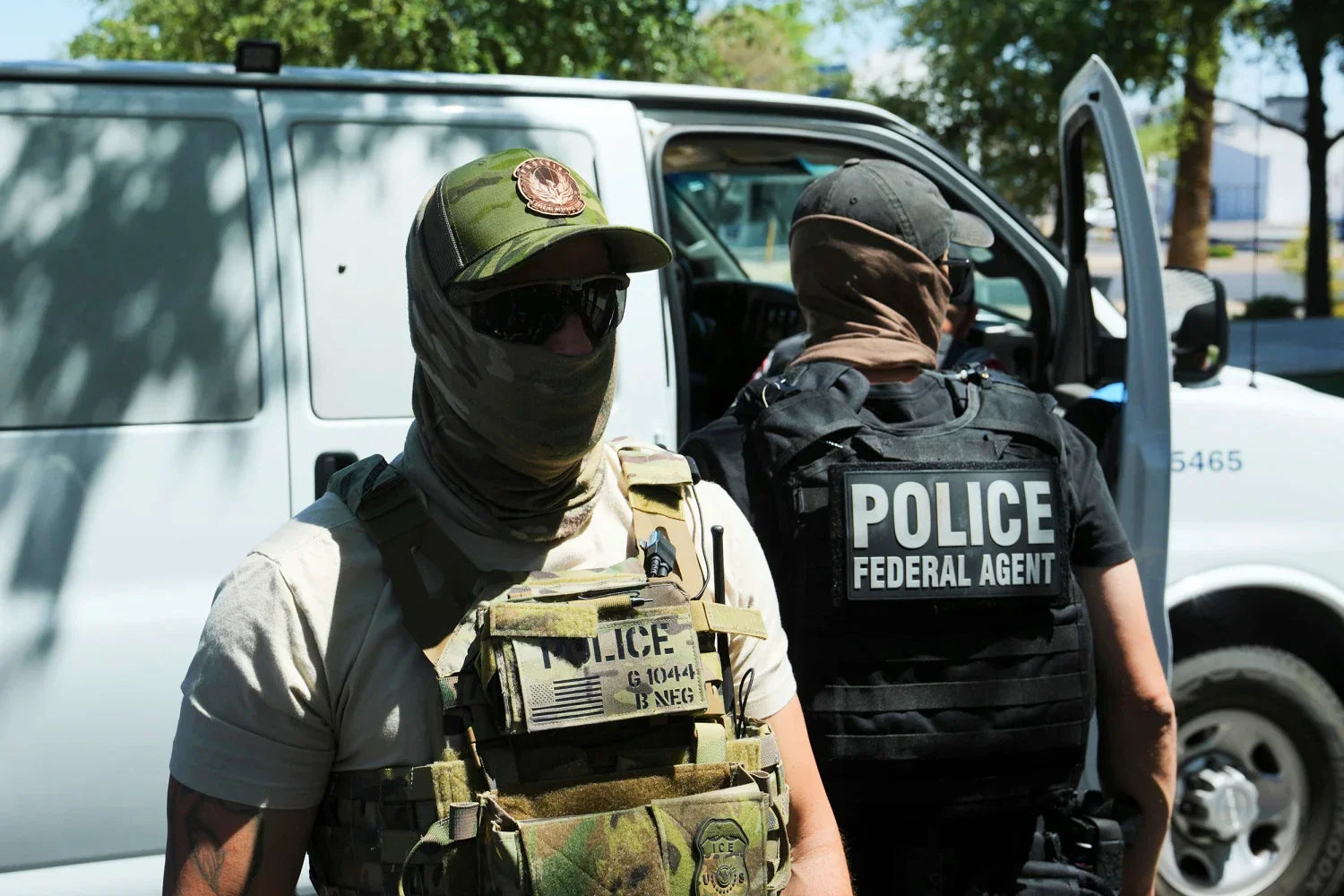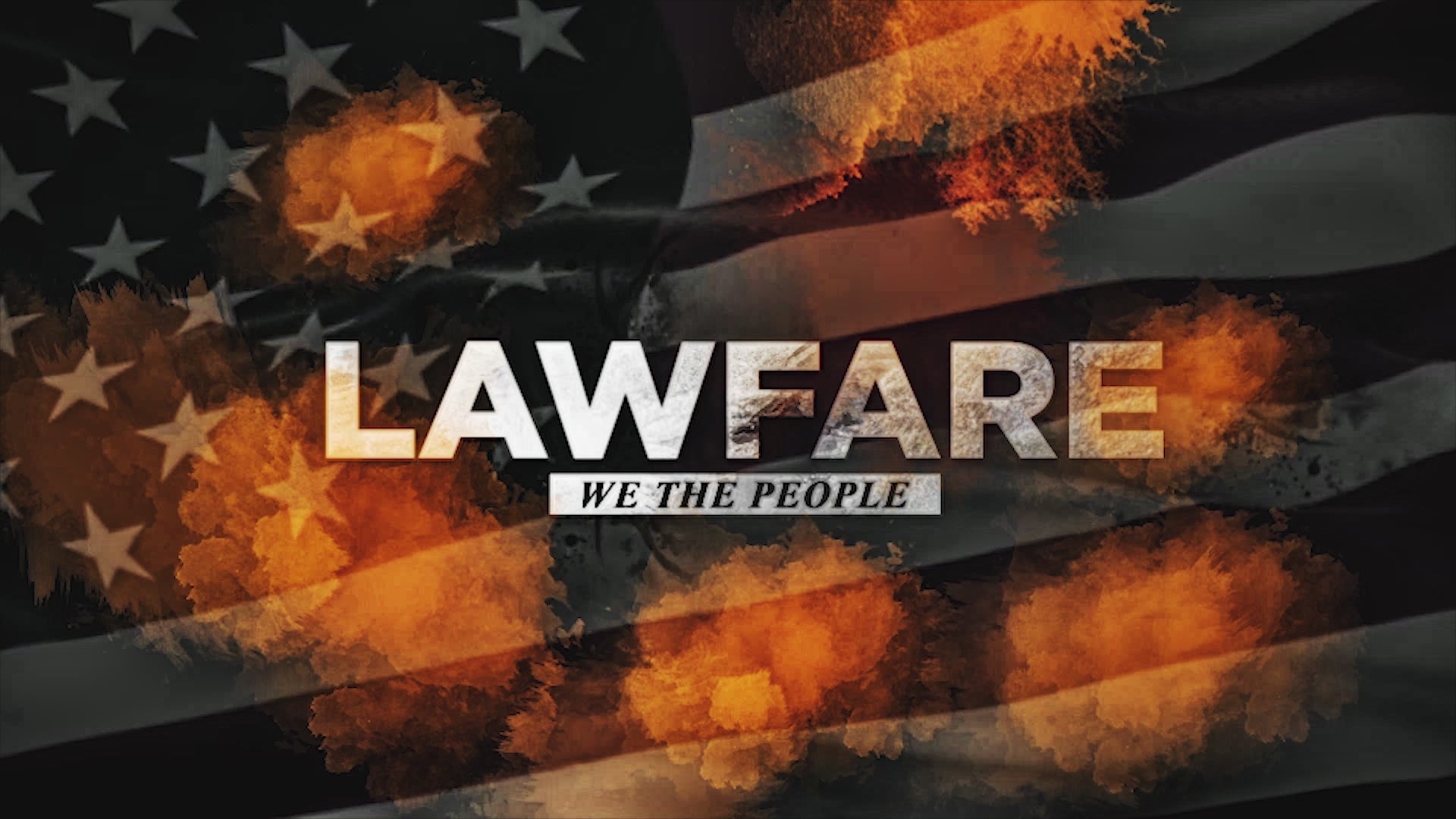In a chilling escalation of the U.S.-Mexico border conflict, Mexican drug cartels have unleashed a “tiered bounty system” targeting American federal agents, with payouts reaching up to $50,000 for assassinations of high-ranking officials. The scheme, detailed in a stark October 14, 2025, alert from the Department of Homeland Security (DHS), is designed to sow fear and disrupt intensified U.S. immigration enforcement under the Trump administration. As cartel violence spills northward, fueled by unchecked American demand and policy missteps, experts debate whether eradication is even feasible—or if it’s a hydra-headed nightmare demanding radical rethinking.
The bounties represent a direct assault on U.S. Customs and Border Protection (CBP) and Immigration and Customs Enforcement (ICE) personnel, including Enforcement and Removal Operations (ERO) and Homeland Security Investigations (HSI) agents.
According to DHS intelligence, cartels are coordinating with U.S.-based gangs like the Latin Kings and even domestic extremists in cities such as Chicago and Portland. The payout structure is brutally pragmatic: $2,000 for doxxing agents—snapping photos, exposing family details, or relaying movements via social media.
Mid-tier rewards of $5,000 to $10,000 go to kidnappers or those staging non-lethal assaults on rank-and-file officers. The jackpot? Up to $50,000 for killing senior leaders, such as CBP commanders overseeing deportation surges.
This isn’t bluster—it’s operational. In Chicago’s Pilsen and Little Village neighborhoods, cartel-affiliated spotters perch on rooftops, armed with radios and firearms, feeding real-time coordinates to ambush teams during raids like Operation Midway Blitz. Just weeks ago, the Justice Department charged a Latin Kings member with plotting to assassinate CBP Commander Greg Bovino, who leads anti-cartel operations in Los Angeles, Chicago, and Portland. DHS reports Antifa-linked groups in those cities providing protest supplies, doxxing intel, and shielding deportees, creating a toxic alliance that blurs lines between narco-terror and urban unrest.
Mexican officials, including President Claudia Sheinbaum, have dismissed the bounties as exaggerated U.S. posturing, but former DEA operatives like Mike Vigil warn that while cartels avoid direct hits on federal agents to dodge “heat,” the incentives could embolden street-level opportunists.
This bounty war arrives amid a broader narco-insurgency that’s redrawn Mexico’s criminal map. As of October 2025, the Sinaloa Cartel—once the fentanyl kingpin—remains fractured by an internal bloodbath sparked by the July 2024 arrest of co-founder Ismael “El Mayo” Zambada in the U.S. His faction now clashes with the Chapitos (sons of Joaquín “El Chapo” Guzmán), unleashing drone strikes, IEDs, and mass graves. In June alone, 20 bodies—some decapitated and strung from bridges—turned up in Sinaloa’s Culiacán, with the Jalisco New Generation Cartel (CJNG) piling on to snatch territory.
Homicides have topped 460,000 since 2006, with cartels diversifying into extortion rackets that bleed businesses dry—demanding “protection” fees that fund everything from avocado heists in Michoacán to fuel theft siphoning billions from Pemex pipelines.
Fentanyl drives it all: 98% of U.S. seizures trace to Mexico, where precursors from China are cooked into pills killing 100,000 Americans yearly.
The Trump administration’s response has been ferocious—designating Sinaloa and CJNG as foreign terrorist organizations in February 2025, sanctioning 11 affiliates, and extraditing 29 operatives by summer.
Mexico, under U.S. tariff threats, deployed 10,000 troops to the border and shuttered labs, slashing fentanyl seizures by 30%—but violence has quadrupled in Sinaloa since July, with gangs targeting civilians in unprecedented numbers.
Cartels adapt ruthlessly, smuggling via Guatemala or Ukraine-sourced drones for IED drops, while U.S. gangs like MS-13 handle distribution in 200 American cities.
Yet for all the bluster, the U.S. bears heavy complicity in this inferno. American demand—$150 billion annually for illicit drugs—propels the cartels’ empire, while lax gun laws arm them: 60% of seized Mexican firearms hail from just 10 U.S. border counties, including military-grade .50-caliber rifles fueling ambushes.
Past U.S. policies amplified the chaos: The 2000s “kingpin strategy” decapitated leaders, splintering cartels into hyper-violent fragments; Operation Fast and Furious funneled weapons south; and a secret DEA pact from 2000–2012 let Sinaloa operate freely for rival intel, spiking violence during Calderón’s 2006 “war on drugs.”
Billions in Mérida Initiative aid militarized Mexico’s response, but corruption swallowed much of it—former security chief Genaro García Luna, convicted in 2023, took Sinaloa bribes while pocketing U.S. funds.
Today, cartels launder proceeds through U.S. banks and oil importers, turning stolen Pemex crude into cartel cash via southwest border schemes.
So, can cartels be dismantled? History screams “not easily.” They’ve outlasted decades of militarization, morphing from drug runners to quasi-states controlling swaths of territory with private armies, fiber-optic spy networks, and even avocado monopolies. Eradication feels Sisyphean—cut off one head, three grow back, as seen in Sinaloa’s endless schisms.
But strategic containment is possible through a multi-pronged assault, experts argue. Domestically, slash demand via evidence-based treatment over incarceration—Portugal’s decriminalization model cut overdose deaths 80% without fueling suppliers.
Tighten gun exports and trace serial numbers to starve their arsenals; Treasury’s 2025 sanctions on CJNG fuel thieves show financial chokepoints work.
Bilaterally, evolve beyond Mérida’s hammer: The DEA’s August 2025 Project Portero trains Mexican units to hit “gatekeepers”—mid-level logisticians—disrupting command without kingpin chaos.
Leverage FTO designations for terror charges, drone strikes if Mexico consents, and tariffs to force Sheinbaum’s hand on precursor bans from China.
In Mexico, shift to Peña Nieto’s “hugs, not bullets” with teeth: Community jobs programs in cartel hotspots like Juárez have lured recruits away, while amnesty for coerced farmers undercuts foot soldiers.
Long-term, invest in Central American governance to seal smuggling routes—Brookings warns inaction will export the fire south.
The current maelstrom—bounties on badges, bodies in bridges—signals a tipping point. Trump’s threats of unilateral action, from troop surges to Insurrection Act invocations, could protect agents but risk blowback: Cartels have retaliated before, with ambushes and U.S. soil hits.
Mexico extradites kingpins and raids labs, but impunity reigns—only 1% of crimes see justice.
Without addressing U.S. appetites and arsenals, the $50,000 price tag on an agent’s head is just the opening bid in a war where everyone’s losing. As DHS Secretary Kristi Noem vows, “We will hunt you down”—but victory demands more than hunters. It requires starving the beast at its roots, before the bounties claim their first prize.










Share:
Revoking Visas for Cheering Assassination: The Trump Administration’s Crackdown on Foreign Speech
Trump Vows to Withdraw Israeli Funding Over West Bank Annexation Threat